Red poppy flower
Red poppy specifications
- Scientific name : Papaver rhoeas
- Other names : common poppy, corn poppy, corn rose, field poppy, Flanders poppy
- Order : Ranunculales
- Family : Papaveraceae
- Genus : Papaver
- Species : P. rhoeas
- Plant Type : Annual
- Mature Size : 28 in. tall
- Sun Exposure : Full, partial
- Bloom Time : Spring, summer
- Flower Color : Red, yellow, orange, pink, blue, purple, white
- Native : Africa, Asia and Europe.
The common poppy or red poppy ( Papaver rhoeas ) is an annual wildflower characterized by striking red blooms. The seeds of the red poppy can lie dormant for up to 80 years, germinating once the soil is disturbed. This led to it being coined as a symbol of remembrance after World War I when flushes of poppies grew in churned-up battlefields.
The red poppy typically flowers in late spring through early summer. While the flowers are often scarlet red, hybridization and selective breeding have led to several cultivators with blooms in shades of yellow, orange, pink, and white.
read more : Everything about okra plant : How to Plant & care for them
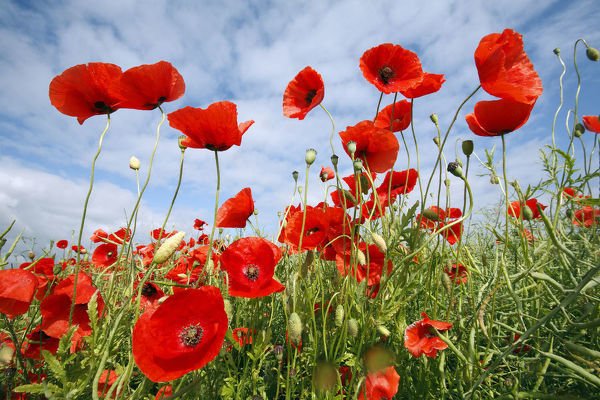
These poppies require almost no maintenance when they are planted in their hardiness zones, and they are great for naturalizing. They also work well in garden beds, cottage gardens, borders, and pollinator gardens.
Red poppy is a plant native to southern and central Europe and temperate regions of Asia, including Armenia and Turkey, Iran and the Caucasus and northwestern Africa. There are about 70 species of annual, biennial and perennial red poppy flowers. In Iran, it is mostly found in the provinces Azerbaijan , Chaharmahal Bakhtiari , Khorasan , Khuzestan , Kerman and Fars.
read more : Everything about opium poppy flower : How to Plant & care for them
Types of red poppy flowers
-
Mountain poppy
One type of flower is the mountain red poppy that grows in rock gardens and has large white, yellow, orange and red flowers. Its main birthplace is Syria. There is another species called the Black anemone which is native to England and grows as a weed on farms. The flowers are red, the middle is black. Flowers of this type grow from June to August. Most anemone flowers grow in temperate regions.
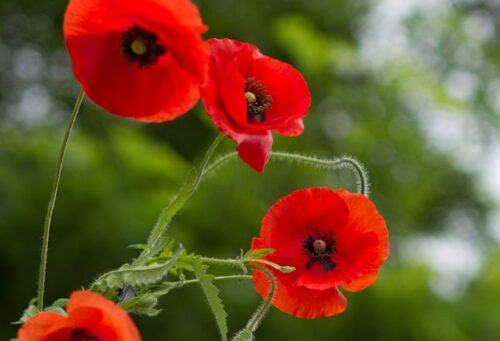
-
Pink poppy
Scientific name : Papaver Somniferum
The annual plant is quite hardy and has fast growth, reaching 75 cm in length and 30 cm in width. The leaves are grayish green with oval lobes and cup-shaped flowers, solitary, large, 10 cm long and 10 cm wide appear in summer. It is possible to plant this plant through seeds in autumn or spring.
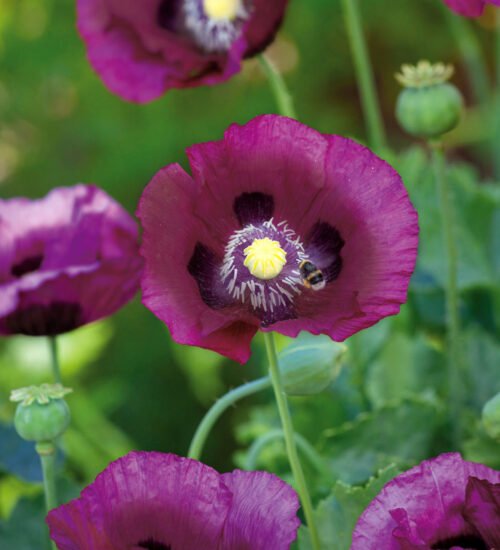
read more : Everything about nigella flower : How to Plant & care for them
-
Anemonastrum
Scientific name : Anemonastrum
Eastern anemone (Eastern poppy) is a perennial plant of the Papaver genus in the Papaveraceae family, native to the Caucasus, northeastern Turkey and northern Iran. The wild type of this flower has a natural reddish-orange color, but since the late nineteenth century, with selective cultivation in gardens, different species of this flower have been created, from light white with black eggplant spots to pink and dark hazel.
This plant has hairy leaves and stems in spring that fall off completely after flowering, this feature makes it survive the summer drought of Central Asia. Fresh leaves appear with autumn rains. Oriental anemones have hairy hairs, leaves are serrated, and their cup-shaped flowers appear reddish-orange from late spring to mid-summer.
Eastern anemone propagation method : Seeds are sown after the cold season. Eastern anemone is propagated by sowing seeds in spring or cuttings in summer. Division is required every five years or more, and the best time to divide is August (August and early September) when the plants are dormant.
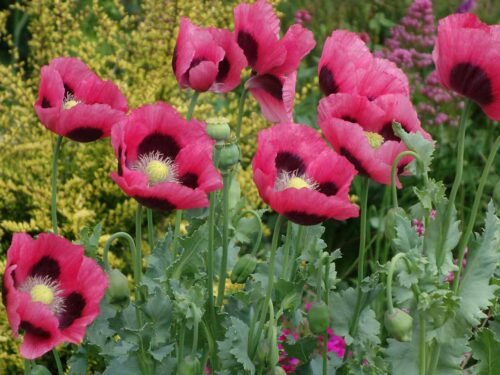
-
Hunnemannia anemone
Name : Hunnemannia Fumariifolia
A fast-growing, perennial plant that grows to one year. This plant is 60 cm long and 20 cm wide. It has oval leaves, very split and has a bluish green color. The flowers of this plant, like yellow poppies, are 8 cm wide, which appear in summer and are used as cut flowers . Sowing seeds in the greenhouse in early spring or outdoors in mid-spring is possible.
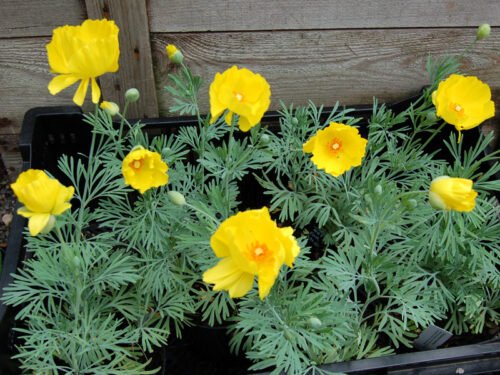
read more : Everything about water lily flower : How to Plant & care for them
-
Pearl Poppy Flower
Scientific name : Papaver rhoeas Mother of Pearl
The annual plant is 2 cm high and 2 cm wide. It has hairy leaves and lobed leaves, and its flowers are bowl-shaped, pale purple and pink in summer. It is possible by sowing seeds in spring or autumn.
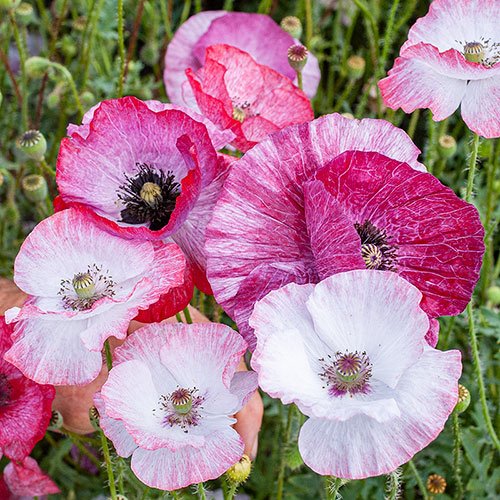
-
California Anemone
Scientific name : “ESCHSCHOLZIA CALIFORNIEA” is originally native California and is located in the plains south of Los Angeles.
This plant is an annual, the height of the plant is about 30 cm. The leaf clefts are very similar to carrot leaves and have a bluish gray surface. If the weather and light conditions are suitable. Flowering period can last from two to three months. By removing withered flowers, flowering time can be increased. If the weather is favorable and other conditions, the flowering period is from two to three months.
California anemones need a sunny environment. Its beautiful blossoms open in the sun and close again at night. Anemone flowers usually have 4 petals and appear in orange, red, yellow, cream, pink, white and sometimes two colors. The California anemone flowering period varies from early to late spring, depending on the weather, but this time can be increased by removing the wilted flowers.
California planting Time : Early spring, when the soil is still slightly cool, is a good time to plant seeds. Of course, in temperate regions it can be planted in the fall.
read more : Everything about iris flower : How to Plant & care for them

-
Lasprom Papaver
Scientific name : Papaver lacerum
This is an annual anemone with straight and hairless stems and has small, oval and purple petals. They usually have dark spots on the underside of flowers. These flowers grow in the northern and central provinces and Yazd.
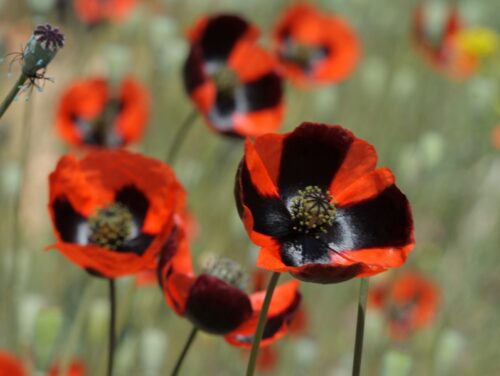
-
Macropostom Papaver
Scientific name : Papaver Papyrus macrostomy
This annual plant is like other species with scattered fibers and black spots below the petals. The flowers of this type of anemone are red or purple. This species grows in Caspian vineyards, Azerbaijan, Fars and in the heights of Karaj.
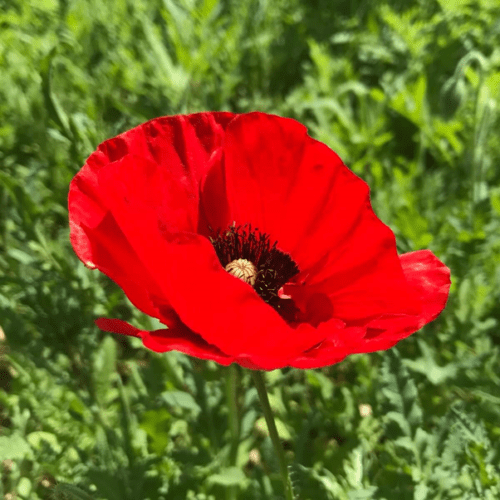
-
Papaver Tenvifolium
Scientific name : Papaver Tenvifolium
Anemones have a lifespan of 1 year and a short lifespan. It has red petals with black spots at the bottom of the petals. They have marginal sepals. They grow in Gilan, Qazvin, Karaj, Isfahan and Yazd. Sowing the seeds is in late winter or early spring.
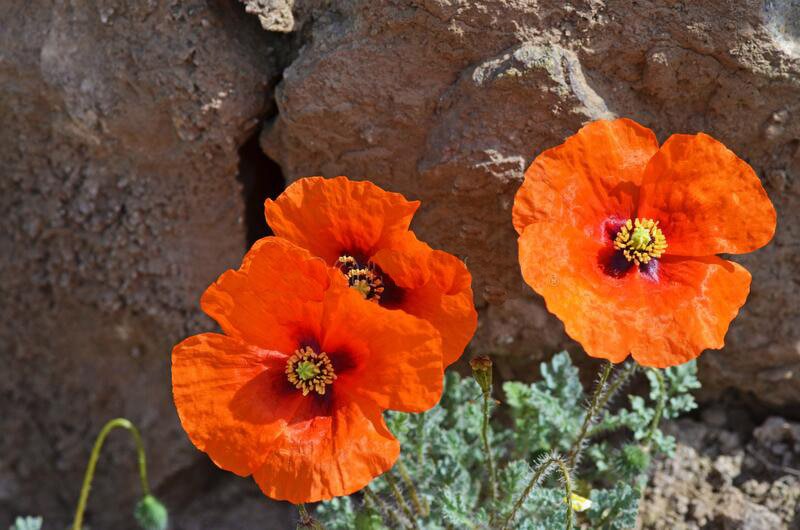
Red Poppy Care
As a wildflower, the red poppy is a great low-maintenance addition to your yard. They require very little water, are not picky about their soil conditions, don’t require pruning, and self-seed readily.
Deadheading the spent flowers regularly throughout the blooming period can help extend the bloom, but this is optional. Choose a bright, sunny location to grow the red poppy and enjoy its gorgeous blooms for months.
-
Light
The red poppy prefers full sun conditions with at least 6 hours of direct sunlight. If necessary the red poppy can also adapt to partial shade where it receives less than 6 hours of sun, but the growth will not be as vigorous and bloom time may be reduced.
-
Soil
Papaver rhoeas is adaptable to a wide range of soil conditions as long as the soil is well-draining. They can grow in poor quality, low-nutrient soil and have even been found to crop up and grow in notoriously challenging locations such as cracks in a driveway. However, if you are planting the red poppy in a garden bed or border, provide it with rich, well-draining soil for optimal growth.
-
Water
Once established, the red poppy has minimal water needs. Too much water can result in leggy, overgrown stems. If you live in an area that receives frequent rainfall in the spring and summer, these poppies likely won’t require any additional watering. However, in extended periods of drought supplemental watering can help extend bloom times.
-
Temperature and Humidity
The red poppy is an annual wildflower that grows well in USDA zones 1 through 10. While the plants and flowers themselves are not frost-tolerant, their seeds can withstand cold winters and germination occurs in soil temperatures that are between 50 to 60 degrees Fahrenheit.
-
Fertilizer
Poppies do not require fertilization throughout the growing season, however, if you notice an abundance of foliage and very few flowers this could be a result of a lack of phosphorus and too much nitrogen in the soil.
To balance out the soil pH and encourage blooms, amending the soil with a phosphorus-rich fertilizer can be beneficial.
How to Grow Common Poppies From Seed
The red poppy self seeds readily as long as it is grown in suitable conditions, and its seeds can also be sown directly in the garden with success.
For summer blooms, sow seeds in the early spring once the ground has thawed. Cover the sown seeds with a light dusting of topsoil. Red poppy seeds can also be sowed in the fall if you want plants that will flower earlier in the year.
This poppy can be difficult to transplant, so although starting seeds indoors is an option, it is usually easier to start the plants directly in the garden.
How to Get Common Poppies to Bloom
Poppies are enthusiastic bloomers that require little encouragement, but deadheading will prolong flowering.
Common Pests and Plant Diseases
Aphids can be a problem for the red poppy, along with powdery mildew.
Treat aphid-infested plants with an insecticide such as neem oil, insecticidal soap, or homemade remedies such as garlic spray or an essential oil spray. If the infestation is mild, a strong spray from the garden hose can dislodge the pests and may be able to cure the problem.
To treat powdery mildew, a fungicide such as potassium bicarbonate is effective in controlling and eliminating the fungus.
What factors affect the quality of dried red poppy flowers?
The most important factor that increases the quality of this product is the harvest time and how it is dried and stored. The color of the flower should not be too dark to turn black, nor too red and pale. In principle, crimson red has the best quality.
The load should be composed of unbroken petals and one hand, without waste. You should note that the petals are very sensitive. For this reason, proper packaging is important in sturdy cartons. On the other hand, there should be a plastic layer inside the carton so that moisture does not reach the petals.
read more : Drying natural flowers | Introducing 8 wonderful ways to dry flowers

Prices of Iran dried red poppy flowers
Due to its unique beauty, dried red poppy pods have many usages in interior decoration design as well as in traditional medicine and pharmacy. Dried red poppy flowers is one of Iran’s export goods and has provided a great opportunity for Iranian traders to bring a lot of currency to the country by exporting dried red poppy flowers . Both types of red poppy flower products can be exported either as medicinal plants or as dried flowers because each has its own customer.
The export of dried red poppy flowers has provided a great opportunity for wholesalers and exporters of dried red poppy and other medicinal plants to make significant profits.
The price of dried red poppy flowers is affected by its quality. The closer we get to harvest time, the better the price is definitely due to more supply. Exporters and wholesalers who intend to buy dried red poppy flowers should do so between the end of April and the beginning of June.
On the other hand, the price of dried red poppy flowers in bulk is usually more reasonable than buying it in part. For this reason, people who sell, export, and supply food and medicine buy this product in bulk. Buy dried red poppy flowers should be done from centers that have high quality products.
Notice : This article translated by google form Persian language. If you have any question or need more information please contact us or add a comment at the bottom of this page.
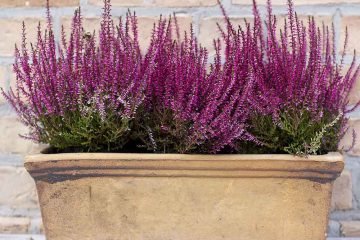
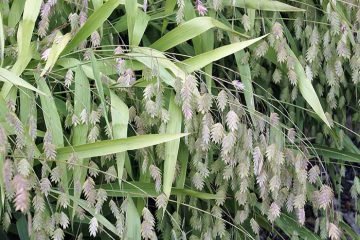
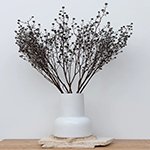
0 Comments